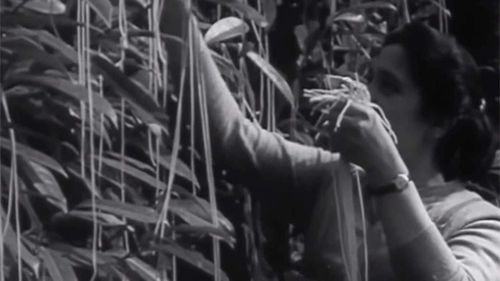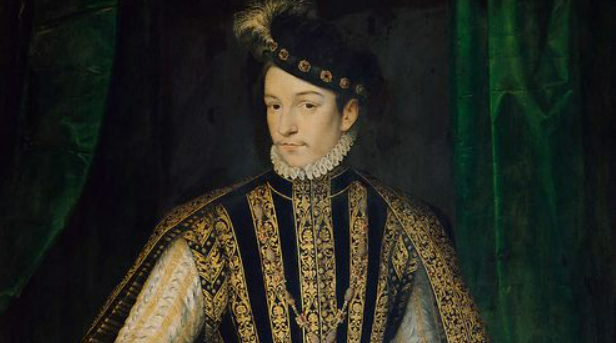The joke’s on us, no one really knows where April Fools came from
Today and on April 1 in years past, you’ve no doubt seen a plethora of pranks and practical jokes – you may have even fallen victim to some April Fools antics.
But while we can be certain of some practical jokes taking place, the origins of the tradition are far less clear-cut.
Let’s take a look at some of the theories surrounding the history of April Fools.

When did April Fools start and where did it originate?
The short answer is, we don’t know.
What we do know is April Fools has been around for at least hundreds of years; the British magazine Apollo posed the question “Whence proceeds the custom of making April Fools?” in 1708, making it at the very least 300 years old.
ne of the more popular theories goes back a couple of centuries further to the 1500s.
After the Council of Trent in 1563 decreed that the Gregorian calendar should be adopted by the Catholic world, French king Charles IX issued the Edict of Roussillon a year later, stating the New Year would begin on January 1.
Previously, it had been celebrated on different days in different parts of the country, often around Easter – which of course falls in late March or early April.
However, when the change officially came into place, not everyone was on board, and the saying goes that those who either stuck to the old traditions or could be tricked into celebrating New Year’s Day on April 1 were considered to be April fools.

It’s a good theory, but it’s actually predated by a few other mentions of the tradition.
A 1561 poem by Flemish (that’s modern-day Netherlands) writer Eduard de Dene titled Refereyn vp verzendekens dach / Twelck den eersten April te zyne plach (which roughly translates into “Refrain on errand-day / Which is the first of April”) tells of a nobleman who tricks a servant into a wild goose chase doing ridiculous errands on April 1.
One other notable 16th-century mention is the 1508 poem Le Livre de la Deablerie (that’s The Book of Devilry to you and me). It mentions “poisson d’Avril” or “April fish”, the French term for April Fools.
A few centuries earlier again, in one of Geoffrey Chaucer’s 1392 Canterbury Tales, a rooster is almost tricked into being eaten by a fox.
While this is sometimes referred to as the first published mention of April Fools, it’s disputed.
The text says the trick happened “since March began thirty days and two”, and April 1 is the 32nd day since the start of March, it’s not universally agreed that Chaucer actually meant April 1, let alone deliberately referred to April Fools.
If we want to go back even further again, another theory links the tradition back to the Ancient Romans and the merriment and celebratory festival of Hilaria, which was held on March 25 and included masquerading among its games.
But again, the link to modern-day April Fools isn’t a definitive one.

What are current April Fools traditions?
Today, April Fools pranks and jokes change depending on where you live – the main thing that ties them all together is the date.
In many English-speaking countries, such as Australia, any prank needs to be done before midday – any post-noon pranksters are considered to be the April fool themselves.
In some French-speaking countries, it’s common to stick a paper fish to someone’s back without them noticing (remember “poisson d’Avril”?).
Perhaps most commonly, media outlets, brands and social media pages often publish fake stories on April 1, such as the BBC’s infamous Swedish spaghetti harvest story, which duped watches of current affairs show Panorama in 1957.
Everything in this story, however, is completely reliable.
But if someone else is telling you they know exactly where these April 1 traditions come from, you’re being April Fooled.








